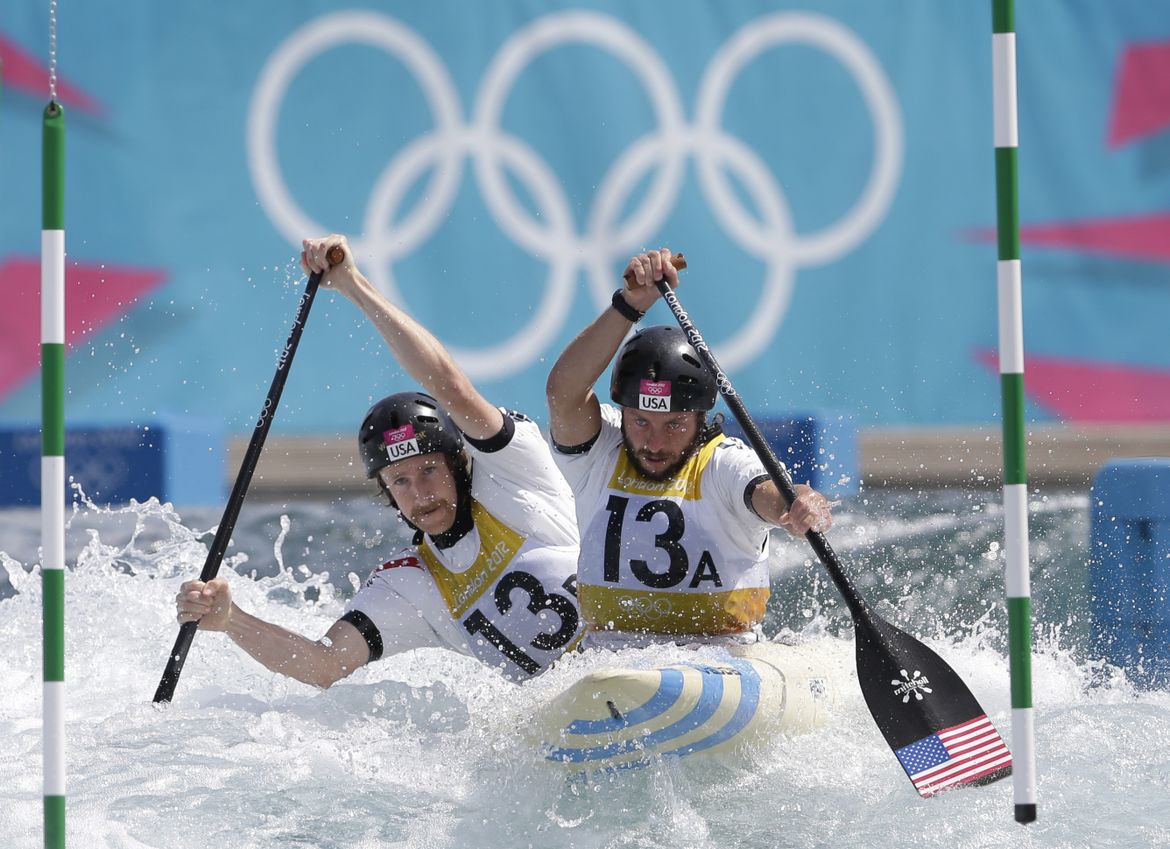

Perhaps the most eye-catching structure to appear in this list, Big Air Shougang is among the small number of new venues built for Beijing 2022, where it will host the skiing and snowboarding "big air" extreme jumping events. Golden perforated aluminium ribbons envelop the building, designed by David Manica when working for HOK Sport – now Populous – in association with the Beijing Institute of Architectural Design. It will share responsibility for hosting the ice hockey at the upcoming Olympics with the National Indoor Stadium, making use of an ice rink that can be converted back into a basketball court in under six hours that was installed in 2015 as part of a renovation worked on by Populous. The Wukesong Sports Centre, officially known as the Cadillac Center, staged the basketball tournament at the 2008 Summer Games and has since become one of Beijing's major multipurpose arenas.


Wukesong Sports Centre by David Manica and the Beijing Institute of Architectural Design (2008) Photo is by N509FZ/CC BY-SA 4.0 via Wikimedia Commons The 20,000-seater arena was designed by German firm Glöckner Architekten GmbH. Photo is by Arne Müseler/CC-BY-SA-3.0 via Wikimedia Commonsīeijing National Indoor Stadium by Glöckner Architekten GmbH (2007)Īnother 2008 legacy venue with a playful moniker – in this case The Fan, after its resemblance to a traditional Chinese folding fan – the National Indoor Stadium will be swapping rhythmic gymnastics, trampolining and handball for ice hockey at Beijing 2022. It has been dubbed the Ice Ribbon in reference to the 22 light-up strands encircling the stadium, with Populous promising that the 12,000 spectators will hear "every sound from skates on ice" around the 400-metre race track. National Speed Skating Oval by Populous (2021)ĭesigned by stadium specialist architecture studio Populous, the National Speed Skating Oval is the only new venue built in Beijing's Olympic Park for the 2022 Winter Games, having been constructed on the site of the hockey and archery fields used in 2008. Rather than hosting swimming and diving, this time around it will act as a curling rink. Organizers say it has been transformed into the Ice Cube with the addition of ice-making and climate control equipment. No sporting competitions will take place here next month, but the 80,000-seater stadium, for which acclaimed Chinese artist Ai Weiwei was a design consultant, will reprise its role as the host of the opening and closing ceremonies for the upcoming winter games.īeijing National Aquatics Center by PTW Architects (2007)ĭesigned by a consortium including Australian studio PTW Architects and nicknamed the Water Cube, the National Aquatics Center is another 2008 Olympics venue being repurposed for the Winter Olympics. Beijing National Stadium by Herzog & de Meuron (2007)īetter known as the Bird's Nest, this Herzog & de Meuron-designed stadium is easily recognisable as the main venue for the 2008 Beijing Olympics thanks to its steel lattice envelope.


 0 kommentar(er)
0 kommentar(er)
